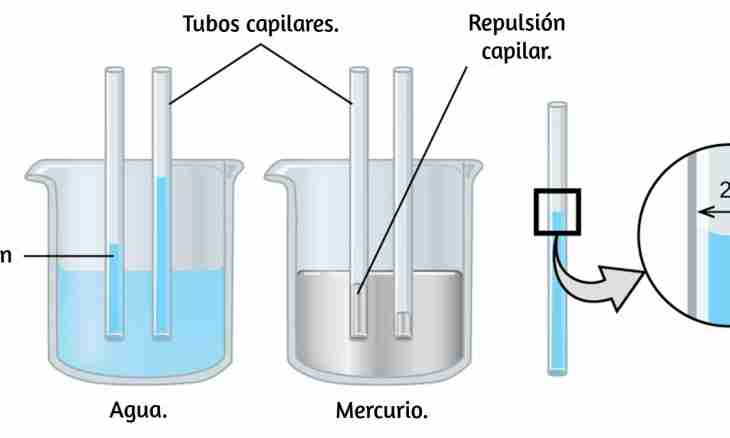The solvency of the enterprises first of all is estimated by investors on the basis of values of liquidity. In a broad sense understand time which is required to the enterprise for transformation of assets into money as liquidity. Calculate liquidity by comparison of means on an asset with short-term obligations. However for exact calculation there are concrete formulas.
Instruction
1. For assessment of liquidity of the enterprise it will be required to divide assets and liabilities of the organization into certain groups. Assets divide into 4 groups: - A1 – all assets which it is possible to call absolutely liquid (cash, accounts in banks and short-term investments); - A2 – assets which can be realized quickly (the shipped and finished goods and also receivables); - A3 – raw materials, production stocks and semi-finished products – all that demands rather big time for transformation into cash; - A4 – poor-selling assets (fixed assets, incomplete projects on construction and also all long-term financial investments of the organization). Liabilities, similar to assets, are also subdivided into 4 groups: - P1 – urgent obligations, for example, the credits on which there came return terms; - P2 – obligations of average urgency – loans and the short-term credits; - P3 – the long-term credits; - P4 – the capital which always is at the disposal of the organization.
2. Begin the analysis of liquidity of the enterprise with check of balance. The balance of the organization can be considered as absolutely liquid, only if 4 following inequalities are fair all: 1. A1> P1;2. A2> P2;3. A3> P3;4. A4
The indicator (current liquidity) pays off which speaks about positive solvency of the organization in the near future by the time of consideration: CL (current liquidity) = ∑ (A1,A2) – ∑ (P1,P2).
The perspective liquidity of the enterprise on the basis of future payments and receipts.PL (perspective liquidity) = by A3 – P3 is estimated.
The coefficients allowing to judge solvency of the organization at the moment and also in the near-term and further outlook are defined. Ktl (coefficient of the current liquidity) = ∑ (A1,A2,A3) / ∑ (P1,P2) tells This coefficient about in what degree the available obligations are provided with assets of the organization. In cases when its value less than 1, is told about excess of obligations over assets. Kbl (coefficient of fast liquidity) = ∑ (A1,A2) / ∑ Such assessment of liquidity of the enterprise allows to judge (P1,P2) what part of obligations the organization is capable to fulfill in an emergency, when there is no an opportunity to sell stocks. Economists advise to support this parameter big, than value in 0.8. The Kcal (absolute liquidity index) = A1 / ∑ (P1,P2) tells This parameter about what part of debt the firm is capable to repay in the nearest future. The size of coefficient should not fall below in 0.2 values.
3. The indicator (current liquidity) pays off which speaks about positive solvency of the organization in the near future by the time of consideration: CL (current liquidity) = ∑ (A1,A2) – ∑ (P1,P2).
4. The perspective liquidity of the enterprise on the basis of future payments and receipts.PL (perspective liquidity) = by A3 – P3 is estimated.
5. The coefficients allowing to judge solvency of the organization at the moment and also in the near-term and further outlook are defined. Ktl (coefficient of the current liquidity) = ∑ (A1,A2,A3) / ∑ (P1,P2) tells This coefficient about in what degree the available obligations are provided with assets of the organization. In cases when its value less than 1, is told about excess of obligations over assets. Kbl (coefficient of fast liquidity) = ∑ (A1,A2) / ∑ Such assessment of liquidity of the enterprise allows to judge (P1,P2) what part of obligations the organization is capable to fulfill in an emergency, when there is no an opportunity to sell stocks. Economists advise to support this parameter big, than value in 0.8. The Kcal (absolute liquidity index) = A1 / ∑ (P1,P2) tells This parameter about what part of debt the firm is capable to repay in the nearest future. The size of coefficient should not fall below in 0.2 values.

